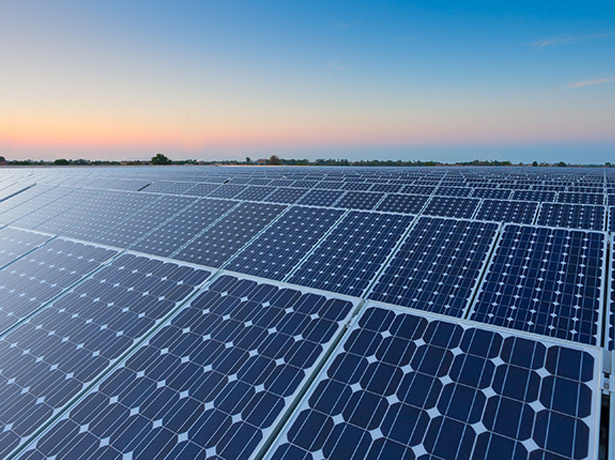First, let’s define each. On-site renewables, aka direct, are “behind the meter” systems at a specific location, providing energy on-demand or via on-site storage (i.e., batteries). These are typically financed, owned, and managed by the company themselves. Off-site systems are indirect, located away from the facility or company, and can be owned by either the company or by external sources. Off-site renewables generally require an agreement with an outside utility. Both on- and off-site projects can include but are not limited to solar farms, biomass, landfill gas, hydro, and wind, depending on their geographic location and resource availability.
Many benefits exist for both on- and off-site systems. On-site systems offer a better return on investment because financial savings are across the entire electricity supply chain – costs associated with energy generation, transmission and distribution, market volatility, and environmental costs. On-site systems offset these costs as you’re generating your own electricity. However, many on-site systems simply can’t scale large enough to cover full consumption needs, so they typically only cover a percentage of the facility’s needs, relying on traditional electricity to cover the deficit. They also don’t work everywhere as solar and wind resource varies from location to location, as well as incentives and rebates.
Large energy consumers are increasingly looking to procure their renewable energy from off-site projects. Typically, these systems provide medium- to long-term fixed pricing on their renewable electricity, allowing predictability in energy costs. They are also, many times, the fastest way for companies to meet their corporate sustainability goals, minimizing the lag time that exists when deploying on-site systems and allowing customers to purchase renewable energy at scale. Companies can procure off-site renewable energy via many avenues including physical power purchase agreements (PPA) and virtual power purchase agreements (VPPA). PPAs are contracts between power suppliers, utility, and the purchasing company, providing physical electricity via the same power grid to a specific site. VPPAs, however, are simply a financial contract for the value of the energy, as it’s typically used elsewhere but essentially funded by the company and looks like their own renewable energy on their books.
RECs – One important consideration with renewables is who owns the property rights to the environmental, social, and other non-power attributes of renewable electricity generation? Insert RECs. RECs, aka renewable energy certificates, are the market-based instrument that represent the non-power attributes, substantiating renewable energy use claims by the electricity consumer. For a renewable project, the owner of the REC has exclusive rights (one megawatt-hour of renewable energy per REC) to claim the usage and use it to reduce their overall carbon footprint.


